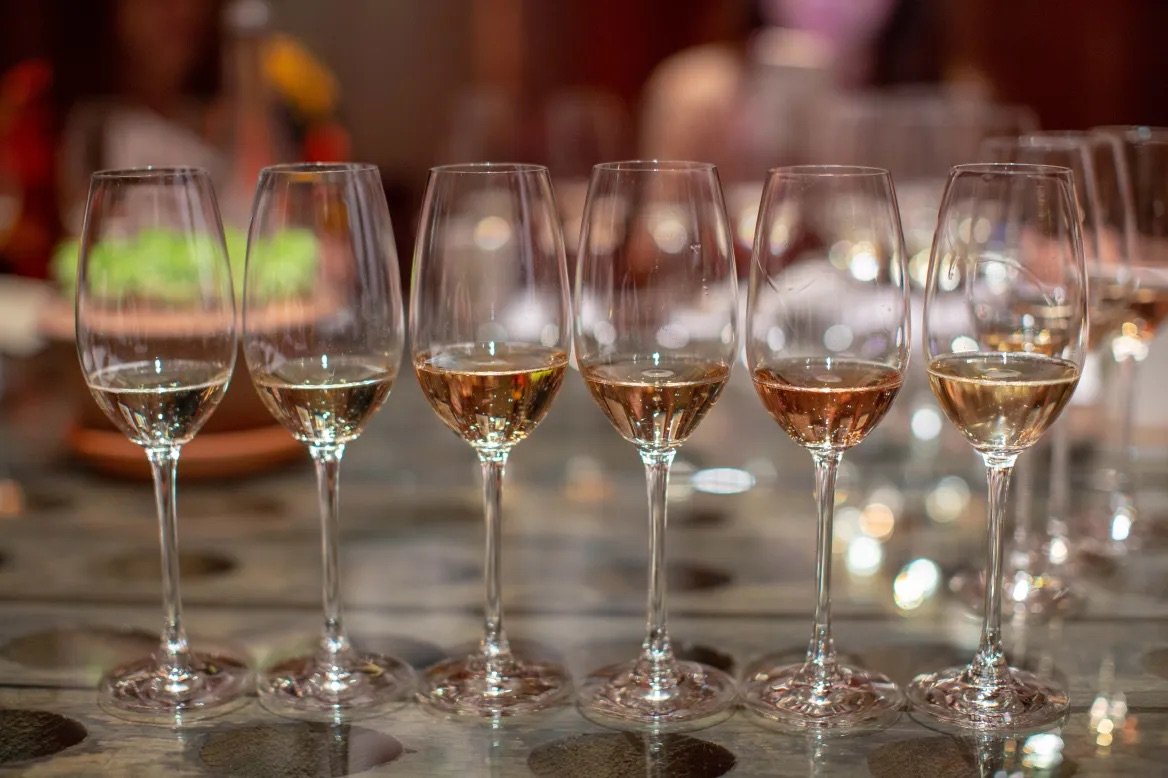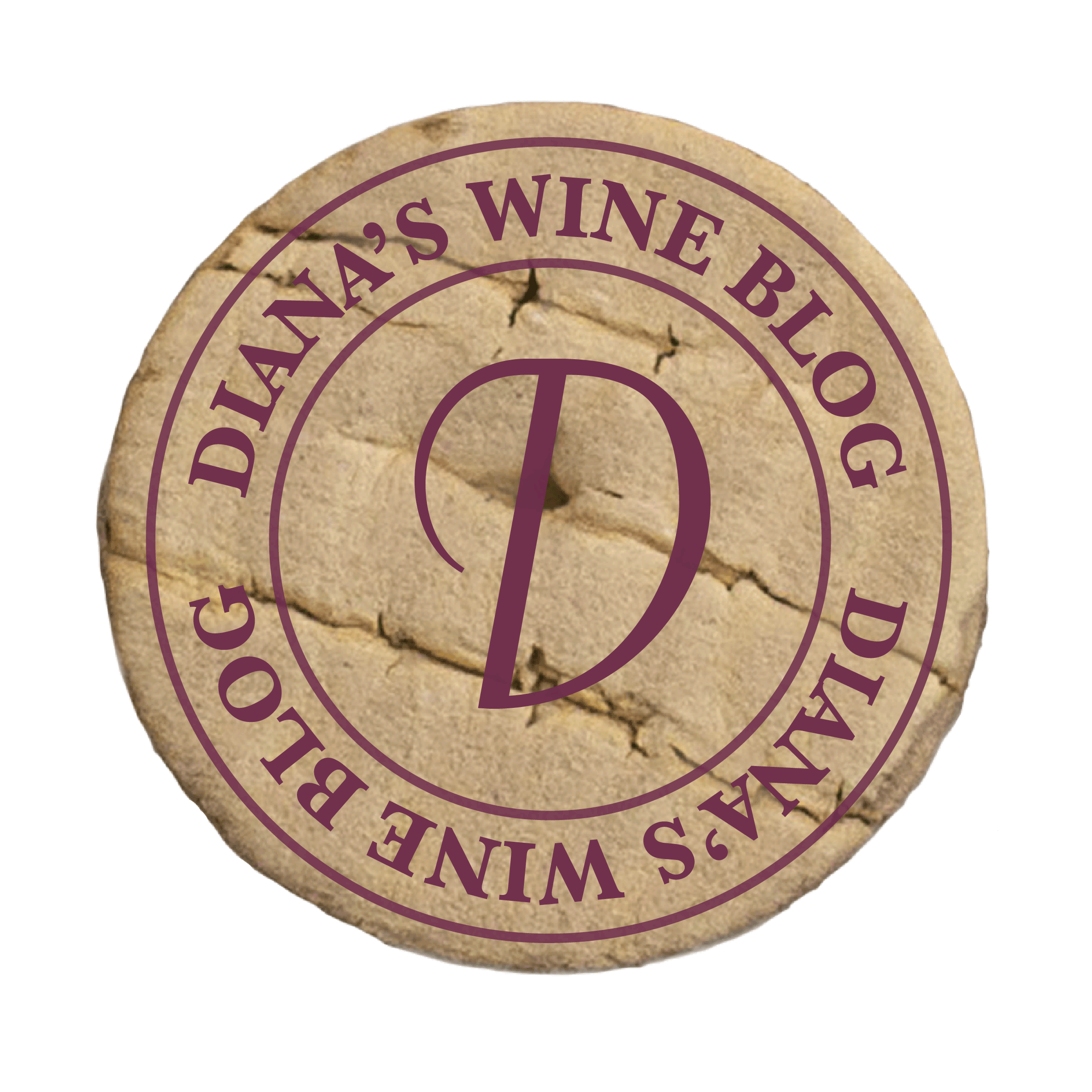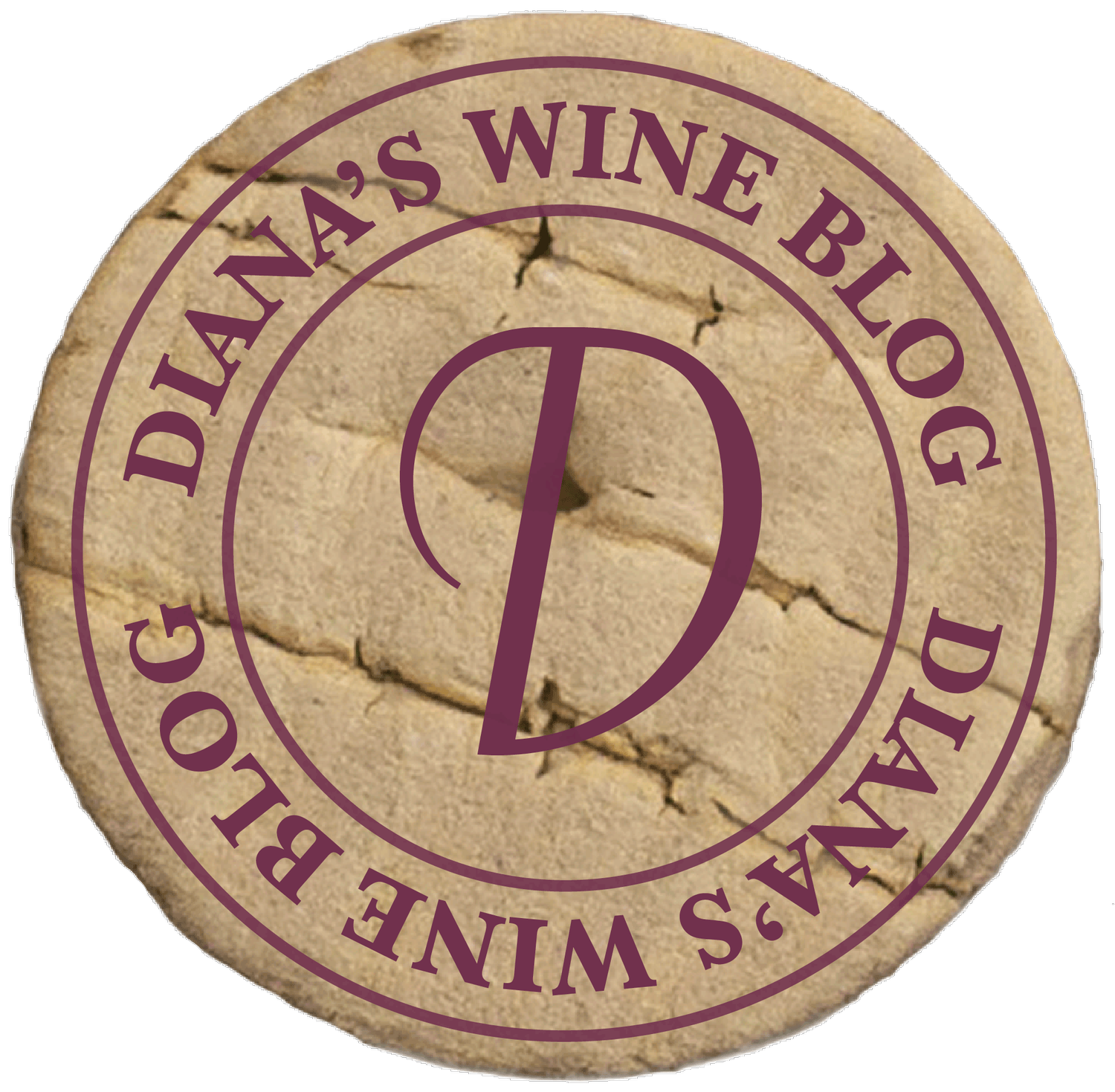
For the Health of Our Wine: Not Over the Fridge!
All of us have a specific preference for temperature and sunlight. Mine is somewhere above 60 degrees with an ample amount of blue skies and not too much moisture (rain that is). Hmmm, that makes a good argument for California. I found this out living in the frozen tundra of Minneapolis for several years. My point is that there are ideal conditions to preserve our health and well-being.
That holds true for wine. If you have visited wineries and walked through the caves, you know that the main purpose of the cave is temperature control and high humidity. You have heard the number 55 degrees. Well, it is all about controlling the reaction in the barrel and the bottle. A bottle of wine will eventually turn to vinegar left to its own devices in high heat and excessive oxygen.

A Sparkling Entry into a New Decade
Yes, of course, I mean sparkling wine. As New Year’s Eve and Day approach, I can think of no better beverage to welcome in the new year than sparkling wine! It bubbles, it foams, and the effervescence is intoxicating. The simple pouring of a glass invites celebration.
The first question then is what type of glass should you use? There are many traditional and even historical vessels that have been used, such as the open goblets which eventually morphed into the flute. The flute itself has become quite prevalent today, even in restaurants and bars. My suggestion would be to use a traditional white wine glass. You will still see the stream of bubbles and also enjoy the fresh, toasty aromas of the wine. Reidel has introduced a new performance glass that, in my experience, enhances the beauty of a sparkling wine.

The 2013 Harvest: Cabernet Sauvignon in Napa Valley
“2013 was a phenomenal growing season in just about every way. A warm, dry spring led to early bud break, limited canopy vigor and berry size, and created ideal conditions through bloom and fruit set. An abundance of long sunny days, with only one heat spike in early July, resulted in even ripening and an early harvest with exceptional flavor development. The 2013 vintage offers very high quality wines that are striking in their balance and expression.”
The above paragraph was taken from a mailer I received from Paul Hobbs Winery. Paul Hobbs is one of the most respected vintners in the valley, who also has projects outside of the U.S. In fact, Forbes magazine called him the “Steve Jobs of Winemaking.” With all that said, you can trust the descriptors he provides of the growing season in 2013 for cabernet.

How Long Should I Keep My Wine — or “Oops…”
Just yesterday, a friend emailed a photo of a bottle of 2002 Zinfandel from Peju. He was clearly excited to open the bottle on a Saturday night to enjoy with his wife. He asked if I had any thoughts about the wine, and (of course) I did. Simply from the varietal, the year, and the winery, I knew it would be past its prime. I let my friend know; and his response was, understandably, “oops.” This experience gave me the idea for this week’s blog.
Now, the fact that this Zinfandel was past its prime means nothing derogatory about Peju — it is a fine winery (although they are not known for their Zinfandel). But it does say something about the varietal. Zinfandel is not the most ageable wine. It is generally meant to be drunk young, in the 3-5 year time frame. This particular bottle should have been drunk for maximum pleasure from 2003-2006. It’s understandable that my friend would have thought, “Wow, this is a well-aged red wine that we’ll be enjoying.” But older isn’t always better.
